Generality
Definition: the Pandoro it is a leavened cake typical of the Veneto region (the most famous is from Verona, where it is assumed that it may have originated). As for the panettone, the consumption of pandoro is also concentrated mainly in the winter period, especially close to the Christmas holidays.

Pandoro has a leavened dough very similar to that of bread, with which it is assimilated through the use of white soft wheat flour, the addition of yeast (sourdough or beer), baking in the oven at high temperatures and relative activation of the reactions of maillard (see: cooking sugars, cooking proteins, cooking fats). Furthermore, like panettone, pandoro contains eggs, sugar and butter (animal or cocoa).
Pandoro has a sweet flavor with vanilla aroma; the consistency is soft, more crumbly than elastic and with a brown but very thin and soft rind.
History and etymology of the pandoro: the "real" pandoro was born in Verona as an evolution of the local Christmas cake - il nadalin (older than at least 600 years) - approximately in the 19th century.
Nevertheless, from the historical-gastronomic point of view, at least TWO older preparations of nadalin seem to have much in common with the Veronese pandoro; this is the case of the Venetian "Pan de Oro", typical of the maritime republic and dating back to the relative period of commercial flourishing, but also of the "Bread of Vienna" (kugelhupf), Habsburg preparation and alter ego of French brioches (later called croissant) imported to the Italian peninsula with the Habsburg officers stationed in the Quadrilatero.
A fourth theory leads the etymology of the term "pandoro" to "pando" lo ", the name of another local Venetian dessert.
It was only in 1884 that Pandoro was patented by Domenico Melegatti, owner of the confectionery industry of the same name, but in the following century, with the debut of Bauli, a rather fierce qualitative competition began which still continues to this day.
Ingredients and production
Pandoro ingredients: the ingredients of the "classic" pandoro are few and rather simple to find:
- white wheat flour type "00" 280g,
- granulated sugar 80g,
- butter 180g,
- 10g brewer's yeast,
- vanilla QB,
- salt 1 pinch,
- egg yolks n ° 3,
- whole eggs n ° 2,
- powdered sugar QB.
Nevertheless, underestimating the preparation of pandoro is certainly a mistake not to be made.
Procedure for the preparation of pandoro:
- prepare a ball of dough with yeast, a tablespoon of flour and QB of warm water, then let it rise until doubled in volume;
- separately, mix 65g of flour, a tablespoon of sugar, an egg, a yolk and 10g of melted butter.
- Combine the two doughs and knead them for about 5 minutes. Leave to rest and rise until doubled in volume.
- On a pastry board, put 130g of flour, 2 tablespoons of sugar, 20g of melted butter, one egg, two egg yolks, vanillin, a pinch of salt, and mix. Add the latter to the leavened dough and knead for 10 minutes. Add 50g of flour to increase the consistency and let it rise for 3 hours.
- Break the leavening with your hands and flatten the dough on a pastry board. With a rolling pin, roll it out into a square shape and arrange 150g of butter into small pieces. Bring the 4 corners of the square towards the center, covering all the butter. Roll out with a rolling pin and fold everything in 3, then roll out again, 2 times.
- Let it rest for 25 minutes and repeat the drafting and folding operation again with a rest for another 25 minutes.
- Knead again on a pastry board and round the dough on itself. Place it in a suitably greased and sweetened Pandoro mold, and let it rest and rise until it reaches the edge of the mold (leavening should preferably be carried out at a constant temperature of about 33- 35 ° C).
- Bake at 190 ° and, after 20 minutes, lower the temperature to 160 ° C. After 30 minutes check the cooking with a kitchen pin and remove from the oven if necessary. Remove from the mold, allow to cool and serve the pandoro decorated with icing sugar.
Nutritional properties
Pandoro is a leavened cake made from wheat flour, which is why (since it contains gluten) its use in the diet of celiacs is excluded. In addition, pandoro containing animal butter and not cocoa butter (as well as any fillings of creams), are not recommended for all those who show lactose intolerance.
The energy intake of Pandoro is very high, therefore (as for panettone) it is recommended to use it sporadically and (possibly) limited to the period of the winter holidays. The caloric amount is mainly supported by simple and complex carbohydrates and by fats (saturated and unsaturated); the proteins are not many and biochemically they have characteristics of medium (of wheat) and high (of eggs and yolks) biological value.
Although unspecified, the intake of cholesterol and saturated fats (from eggs, yolks and butter) of the pandoro should be quite consistent, therefore inadequate for the diet of the subject suffering from hypercholesterolemia and / or characterized by a cardiovascular risk higher than the norm.
The contribution of vitamins and mineral salts is not clear but it is conceivable that the presence of yolks and whole eggs gives the cake a good quantity of iron.
Pandoro does not have a recommendable medium portion. Being a Christmas dessert, it is usually consumed at the end of lunch or dinner; obviously, in compliance with the nutritional balance, in this case the recommended portions would be so scarce that they would not be practicable (a few grams). leftovers (if any) only: at breakfast, in the morning snack and in the afternoon snack of the following days, avoiding placing it at the end of the two main meals.
Pandoro with Chocolate Drops - Easy without peeling
Problems with playing the video? Reload the video from youtube.
- Go to the Video Page
- Go to the Video Recipes Section
- Watch the video on youtube
A variant of the traditional sweet pandoro is represented by the salty pandoro, a specialty with a completely different composition, similar only in shape but just as delicious when consumed as an appetizer.
Watch the video recipe
Bibliography:
- The sweets of the holidays - The traveler - pag. 22-23.
Other Foods - Sweets Aspic Cantucci Caramel Candied Citron Chocolate White Chocolate Codette Chantilly Cream Custard Crepes Ice Cream Granita Ice Cream Jam and Jam Marshmallow Marzipan Honey Mustard Nutella Sponge Cake Pandoro Panettone Shortcrust Pastry Sorbet Strudel Nougat Wafer Zabaione Iced Sugar OTHER ITEMS Alcoholic Alcohol Categories Meat Cereals and derivatives Sweeteners Sweets Offal Fruit Dried fruit Milk and derivatives Legumes Oils and fats Fish and fishery products Salami Spices Vegetables Health recipes Appetizers Bread, Pizza and Brioche First courses Second courses Vegetables and Salads Sweets and Desserts Ice creams and sorbets Syrups, Spirits and grappas Basic Preparations ---- In the Kitchen with Leftovers Carnival Recipes Christmas Recipes Diet Recipes Light Recipes Women's Day, Mum, Dad Functional Recipes International Recipes Easter Recipes Recipes for Celiacs Recipes for Diabetics Recipes for the Holidays Recipes for S an Valentino Vegetarian Recipes Protein Recipes Regional Recipes Vegan Recipes

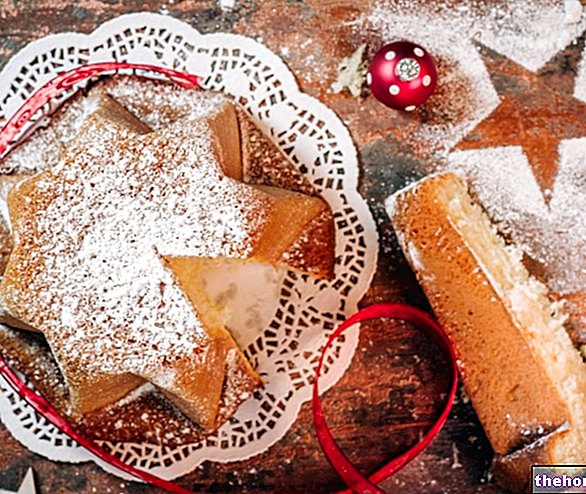
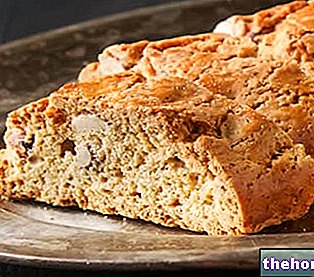
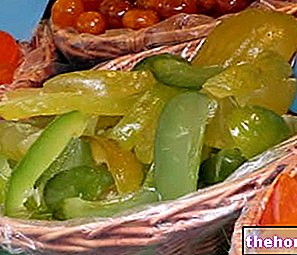
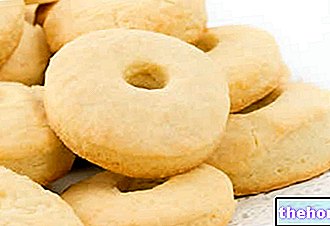

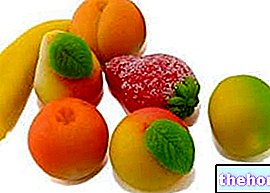
















-nelle-carni-di-maiale.jpg)




